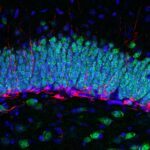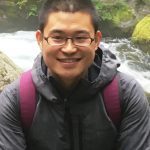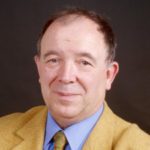Link to Pubmed [PMID] – 34818555
Link to DOI – S2211-1247(21)01517-510.1016/j.celrep.2021.110035
Cell Rep 2021 Nov; 37(8): 110035
The frontal cortex is essential for organizing voluntary movement. The secondary motor cortex (MOs) is a frontal subregion thought to integrate internal and external inputs before motor action. However, how excitatory and inhibitory synaptic inputs to MOs neurons are integrated preceding movement remains unclear. Here, we address this question by performing in vivo whole-cell recordings from MOs neurons of head-fixed mice moving on a treadmill. We find that principal neurons produce slowly increasing membrane potential and spike ramps preceding spontaneous running. After goal-directed training, ramps show larger amplitudes and accelerated kinetics. Chemogenetic suppression of interneurons combined with modeling suggests that the interplay between parvalbumin-positive (PV+) and somatostatin-positive (SOM+) interneurons, along with principal neuron recurrent connectivity, shape ramping signals. Plasticity of excitatory synapses on SOM+ interneurons can explain the ramp acceleration after training. Altogether, our data reveal that local interneurons differentially control task-dependent ramping signals when MOs neurons integrate inputs preceding movement.







